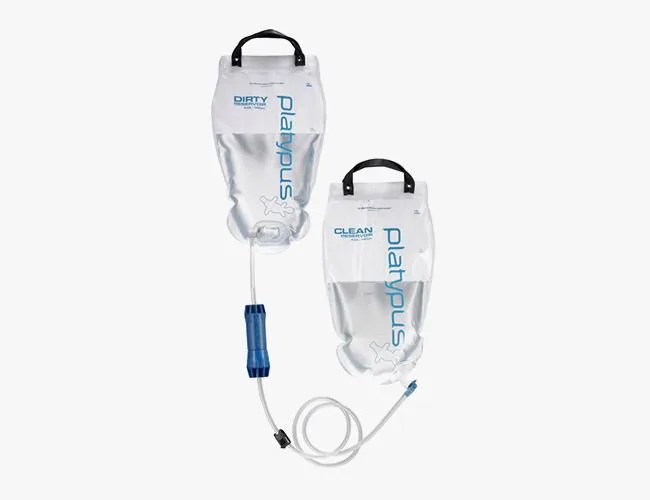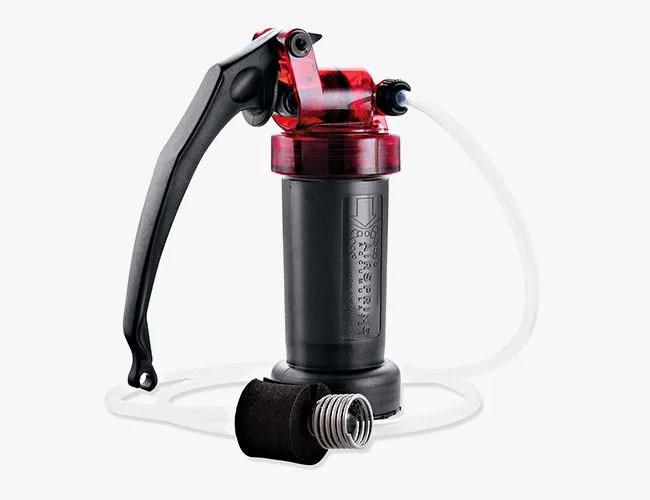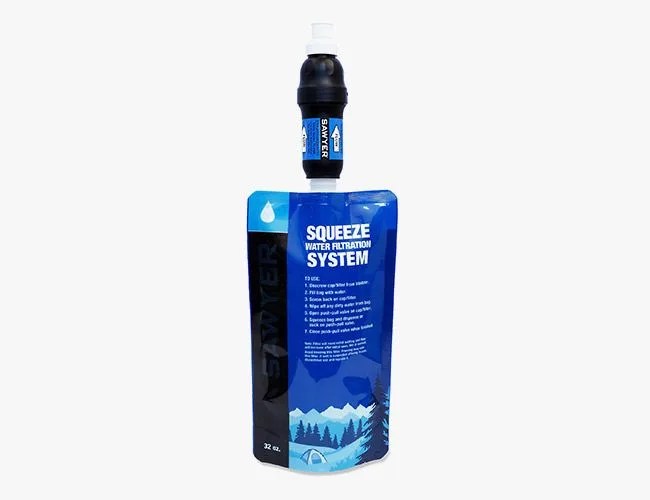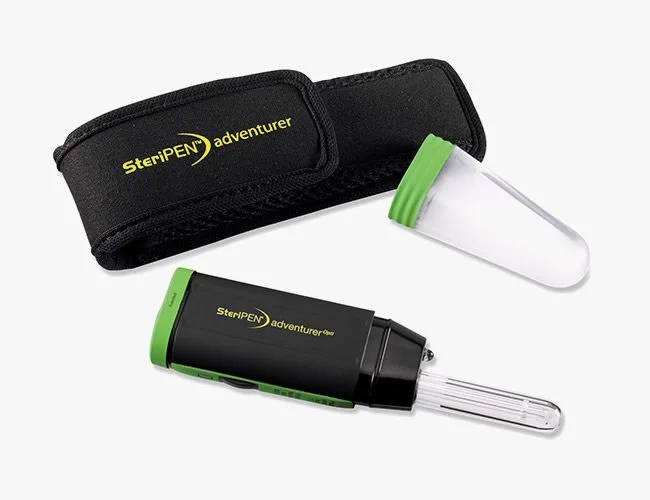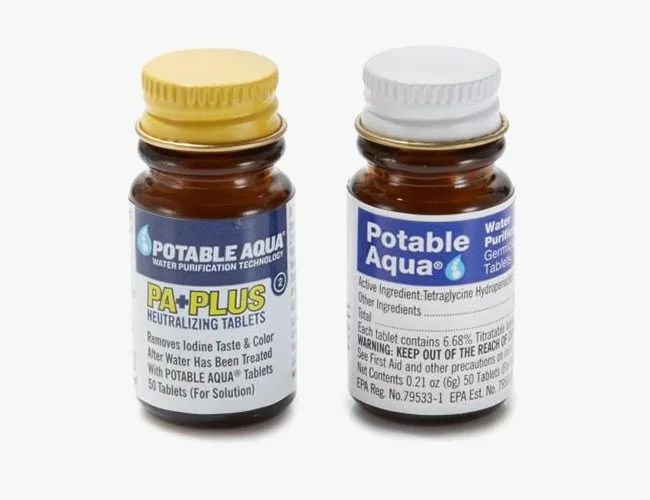Outdoor survivalists often teach the rough rule of three’s: humans can only survive three minutes without oxygen, three hours without proper shelter (given extreme conditions), and three days without water. Though oxygen is likely a given on land, and warm, water-resistant clothing can suffice as shelter in a short-term survival scenario, natural water is the most suspect of the bunch. Regardless of how clean or clear it appears, unseen contaminants are likely lurking beneath the surface. Which is why survival expert Ted Smith, a senior instructor at the REI Outdoor School with decades of knowledge and experience in outdoor education, recommends arming yourself first with some basic knowledge: how and where to collect water, and the difference between the two main types of water treatment, filtration and purification. We worked with Smith to gather the insight and know-how for each method, and discussed the proper gear to help you stay hydrated when it’s needed most.
MORE OUTDOOR STORIES: Guide to Camp Stoves | Guide to Survival Gear | Best Hiking Shoes of 2014
Filters
Inside the U.S. and Canada
Filters are the first line of defense in water treatment. The process is purely physical, whereby water is strained through pore-sized openings leaving bacteria and protozoa behind (note: this method does not remove viruses). Made of either charcoal, glass, or ceramic, most filters on the market work sufficiently, differing in performance of speed of filtration, the user’s energy expenditure, and durability. Though water sources in developing countries should be met with extra caution (see: purification), filtration is often adequate treatment for water sourced from lakes and rivers inside the U.S. and Canada.

